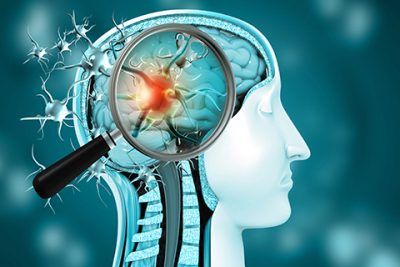In the years to come there is the possibility of recording dreams, thanks to technological advances, in order to give them meaning.
Every human being has wondered why we dream what we dream, or why certain memories or ideas come to mind at certain times. What if it were possible to download our dreams as a movie? What makes human beings remember a dream when they wake up but then forget it in the following minutes? In the future, people could share their dreams on YouTube, TikTok or Instagram.
Research
In 2010, neuroscience expert Dr. Moran Cerf published his research in the journal Nature, in which he presented an electronic device that, when completed, will have the ability to record and interpret dreams. This device is intended to electronically visualize the brain’s activities. The premise of this research is that the neurons responsible for remembering are linked to a specific object, person or concept, and when thinking about it, a specific neuron lights up However, to be able to translate it into images there is still a long way off.
In 2016, research results were presented by Daniel Oldis and David M. Schyner, who chose to record movements and speech in dreams in order to interpret them. His research consisted of measuring the nerve impulses of his research subjects while they slept to obtain a virtual equivalent. In other words, they do not seek to download or record dreams, but to recreate them virtually. Logically, with this information it is not possible to interpret the whole dream, since we only have the virtual image of the dreamer and their subvocal registers. It remains to be determined where you are or if there are more people represented in your dreams.
Yukiyasu Kamitani and his team have been doing research for years to transform brain activity into visual images. In 2013, they presented the results of their research in the journal Science, in which they stated that their major breakthrough was to recreate the information obtained from dreams with software in the form of virtual 3D images,through the use of machine learning and a database of words and images combined with magnetic resonance imaging. However, there are still many steps to be taken to obtain moving images that make it possible to save dreams and reproduce them in a reproductive device.
In 2020, the Massachusetts Institute of Technology published the results of their research, in which they presented the Dormiodevice, which records dreams and even guides them to specific topics. This device is a kind of bracelet, similar to the one used by athletes to record their vital signs and physical activities. It is placed on the wrist and fingers of the hand and has sensors that record the constants during sleep, along with the help of an application. The method was called Targeted Dream Incubation .
The possibility of unloading our dreams is still far away. However, researchers and advances in technology are moving towards this reality.
The International Iberoamerican University (UNINI Puerto Rico), offers various courses to learn more about technology, like the Master’s Degree in Strategic Management with Specialization in Information Technology.
Photograph: All rights reserved.
Source: At some point in time we will be able to unload our dreams

